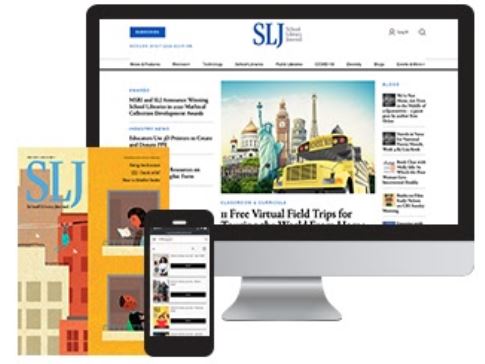The Trouble with Dewey
The Dewey Decimal System is in many ways an outdated mess, and many of its flaws are more insidious than examples of old-fashioned conventions.

In 2013, I sat down with Darien (CT) Library’s head of children’s services, Kiera Parrott (now SLJ’s reviews director), to think about our children’s nonfiction collection. We kept coming back to two issues:
1. The Dewey Decimal System is flawed, and many of its flaws are more insidious than errors in judgment or a change in conventional thinking.
2. The Dewey Decimal System is still taught in our school district and is the way our child patrons know where to find books.
Those two issues seemed fundamentally opposed to each other. On the one hand, we would never want our public library users to be confused in their school libraries, or vice versa. We wanted the findability afforded by Dewey—the known shelf address—to be the same in our own library. By keeping our classification the same as our schools’, we would support the use of the school library and the work of the school librarian, as well as reinforce the library skills our child patrons were learning in school. As a bonus, it would be less confusing to their parents, who were also brought up in the Dewey system.
But Dewey is in many ways an outdated mess. Racist and sexist, it classifies “women’s work” separately from jobs, and African American culture separately from American culture. It puts the “working animals,” such as cows, sheep, and horses, in an entirely separate category from animals including lions and tigers, a distinction that may have made sense at the turn of the century but is unhelpful at best today. One could Dewey-classify fiction but not graphic novels. Diseases are separate from their cures. Boats are found hundreds of decimals away from the sinking of the Titanic.
A librarian could point to a thousand ways Dewey does not work, and yet it is still the dominant system in the country, and our patrons need to know how to use it.
That dichotomy of needs led to the creation of Dewey-Lite at our library, a system that hacks Dewey to remove its underlying biases and idiosyncrasies by adding another layer of classification over the Dewey number. Our nonfiction books still have a shelf address via Dewey, but now they are first grouped by their overall likeness, and then arranged in Dewey order within that higher grouping.
It’s a system that works for both patrons and librarians, and we are happy with it—for now. If another system comes along that is widely accepted in the U.S. and erases many of Dewey’s issues in an easier way, we would be happy to switch again.
Also Read: "Ditching Dewey? These Ideas Can Get You Started on Genrefication.
Elisabeth Gattullo Marrocolla is associate director of public services at Darien (CT) Library.
RELATED
The job outlook in 2030: Librarians will be in demand
The job outlook in 2030: Librarians will be in demand
ALREADY A SUBSCRIBER? LOG IN
We are currently offering this content for free. Sign up now to activate your personal profile, where you can save articles for future viewing






Add Comment :-
Comment Policy:
Comment should not be empty !!!
Graham Gardner
I've done exactly what Elisabeth has done - added another layer of classification over the Dewey number, then arranged by Dewey order within that higher grouping - in the library I run at a UK secondary school. The primary groupings are based on academic departments, because that reflects the ways that students are encouraged to think about the division of information. It's done wonders for book circulation and drawn numerous positive comments from both teachers and students along the lines of: "Thank goodness I can work out which part of the library I should start looking in!"Posted : Oct 23, 2019 05:16
Rachel Fox
We ditched the Dewey Decimal System in the children's room of the Port Washington Public Library years ago. We call our system the Dewey No Decimal system. We stayed as true to Dewey as we could for the first three digits and got rid of everything after the decimal points. Words follow the first three numbers. For example 796 Sports (and then the type of sport underneath, alphabetically). Patrons love it and it makes shelving a breeze.Posted : Oct 07, 2019 07:26